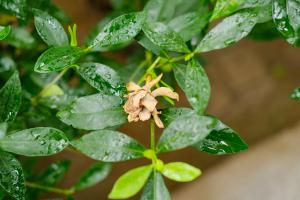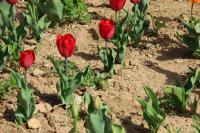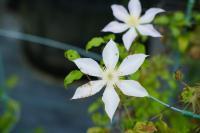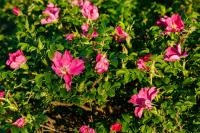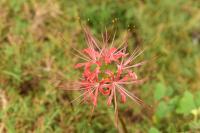1、 Curing method
1. Temperature: the cold resistance of corn stone is relatively optimistic, but it is best to spend the winter indoors in winter, so that the possibility of frostbite will be greatly reduced. It can grow normally in an environment of about minus five degrees, but not lower than minus five degrees. Generally, it grows fastest at about twenty degrees.

2. Watering: the water supplement of corn stone needs to be strictly controlled. It only needs to be kept slightly wet during the growth period. Too wet will affect the growth. Proper water application in spring and autumn can be stopped in winter, or a small amount of water can be added. If too much water is poured, the plant will grow very loose, and sometimes the leaves will fall off.

3. Light: corn stone likes warm sunshine. Strong light in summer is unacceptable, so it needs shade in summer. Mild sunshine can be normally accepted in other seasons. When the light is sufficient, the color of plant branches and leaves will become more beautiful and appear purplish red. If the light is not enough, the color of branches and leaves is only green, which is not perfect.

4. Fertilization: corn stone is not strict with fertilizer. If the plant lacks nutrition during growth, it can be supplemented with some phosphorus and potassium fertilizer. It is best not to apply more nitrogen fertilizer, otherwise it will grow in vain. Of course, if conditions permit, it can also apply some special fertilizer for meat, so that it will have better absorption.

2、 Breeding skills
1. Propagation: branching and cutting are two important propagation methods. Cutting can directly select some branches and leaves for cutting, and the survival rate will be relatively high. Moreover, some strong branches and leaves trimmed can be cut. After cutting, do not water more. It is more drought resistant. Ramets can be carried out when changing pots, and the roots of the plant can be divided into several parts and replanted.

2. Pruning: the corn stone does not need to be pruned frequently, because its plant type is very small, but it is easy to grow excessively during breeding, so the plant type can be controlled by pruning.

3、 Problem diagnosis and treatment
1. Disease: root rot will occur when watering is too much and ventilation is not enough, so wettable powder can also be used to control it after improving the environment.

2. Pests: nematodes are one of the main pests, which are also caused by too much watering. They can be eliminated by turning the basin.

4、 Other issues
1. Toxicity: no poison, you can rest assured of breeding.

2. Whether it can be raised at home: Yes, and breeding more meat can also make you feel happy.

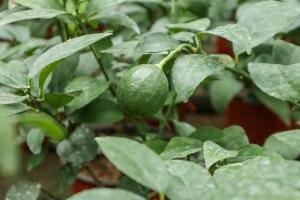 The efficacy and fun...
The efficacy and fun...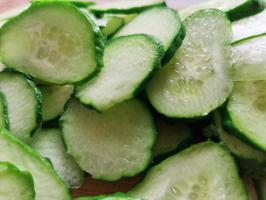 The efficacy and fun...
The efficacy and fun...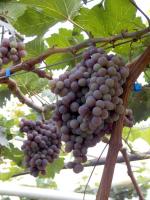 The benefits of eati...
The benefits of eati...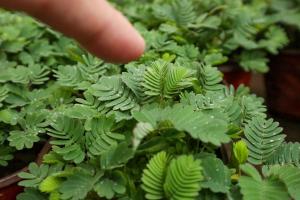 Why is Mimosa called...
Why is Mimosa called...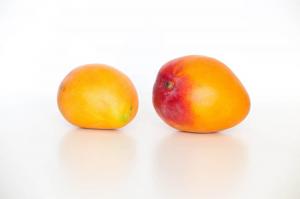 What can't mango be ...
What can't mango be ...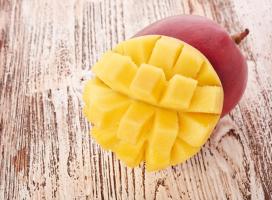 The efficacy and fun...
The efficacy and fun...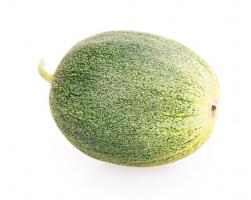 Is watermelon a frui...
Is watermelon a frui...


